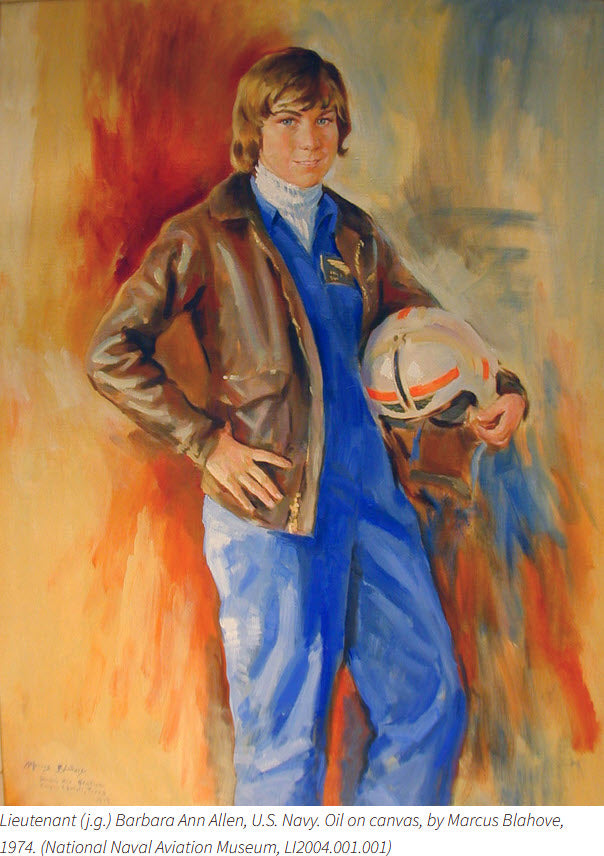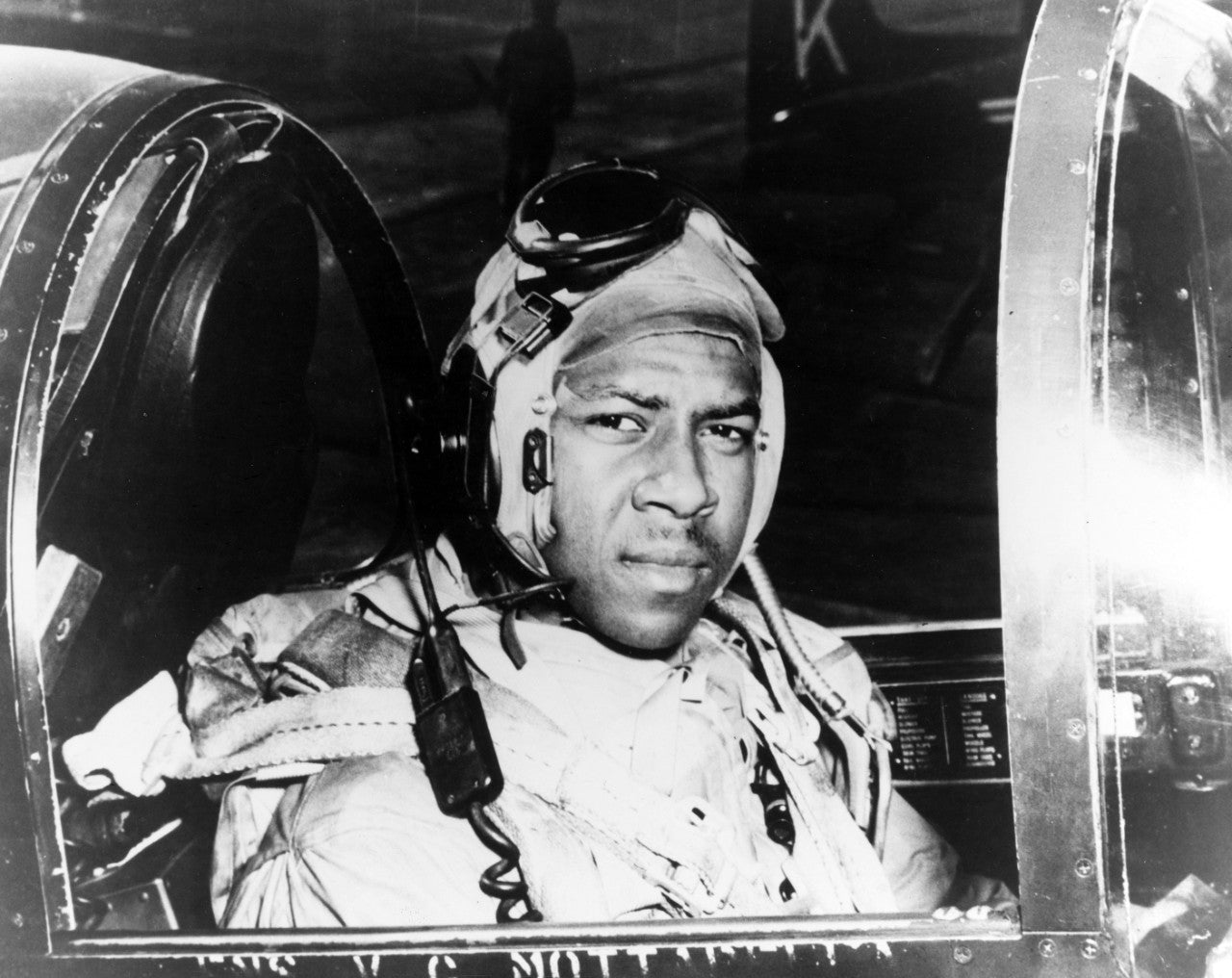The History Of Pilot Licensing
Flying Becomes A Thing
It's September 19, 1783, in Versailles, France, when the Montgolfier brothers, Joseph and Etienne, loaded the wicker basket attached to a cotton canvas balloon named Le Reveillon, a sheep, a duck, and a cockerel.
Among the many onlookers were Louis XVI and the royal family as the first demonstration flight took to the air.
At precisely 1 pm, there was a canon blast signaling the entry of these animals into the basket. Eleven minutes later, another canon shot rang out as the balloon and basket lifted off!
Much applause rang around as the stupefied onlookers looked in wonder.
The balloon cotton had ripped early, so the Montgolfier brothers patched it with paper. The balloon had ascended approximately 1,800 feet into the air, but due to the rip in the balloon, it slowly descended back to earth landing 8 minutes later 3.5 km in the Wood of Vaucresson.
Quickly a physician named Pilatre de Rozier rushed to the landing site to examine the animals. As expected, the sheep, duck, and cockerel were alive and well.
Impressed with this flight, Louis XVI hailed the sheep, duck, and cockerel as 'heroes of the air,' and they were given a place in history at the Menagerie in Versailles.
On November 21, 1783, physician Pilatre de Rozier became the first man in history to escape the bounds of the earth , and a new page in history was written!

An image of the first hot air balloon flight
Sir George Cayley, 6th Baronet
Born December 27, 1773, Sir Cayley was an English engineer, inventor, and aviator. He is one of the most important individuals in the history of aeronautics.
Most consider him the first scientific investigator of flight, and the first person to understand the basic principles of flight: weight, lift, drag, and thrust.
Modern aircraft are designed based on those discoveries, and he constructed the very first glider reliable enough to carry a human being aloft.
He correctly assumed that sustained flight would require a lightweight engine in order to provide adequate thrust and lift.

As with most things in life, disputes arose as to who was actually the first person to design and fly a glider.
Enter Otto Lilienthal
Most of us credit the Wright Brothers as the father of manned flight; however, Otto Lilienthal of Germany claimed to build and have flown the first winged aircraft.
In fact, the Wright Brothers named Lilienthal as their inspiration to explore and build their own aircraft. Eventually, this led to them building the first successful powered airplane.
Otto and his brother Gustav followed the adventures of Count Zambeccay, an aeronaut, and his ballooning adventures. They dreamed of flying themselves.
Over the years, they built all types of contraptions in an effort to fly; finally, in 1891, they built the Derwitzer Glider, which Otto flew over a distance of 75 feet.
The world took notice of this stunning achievement.

Otto Lilenthal prepares to fly
Otto's famous saying is, "All flight is based upon producing air pressure; all flight energy consists of overcoming air pressure."
On August 9, 1896, he took his "Normal Glider" out, and during his 4th flight of the day, the glider pitched unexpectedly into a dive.
From a height of 45 feet, he crashed into the ground, breaking his neck. The medical personnel he was taken to could not save him, and his dying words were, "Sacrifices must be made."
The Wright Brothers
Leaping ahead to 1899, we find two brothers, Orville and Wilbur Wright, who shared an interest in entrepreneurism and mechanical projects.
In 1889 they started the West Side News, a newspaper about Dayton, Ohio. Later, in 1892, they seized upon the bicycle craze that was sweeping the nation and opened their own bicycle shop, fixing bicycles and selling new ones of their own design.
They became interested in flight and closely followed the research of German aviator Otto Lilienthal.
Wilbur and Orville went to work trying to design wings for flight. Observing birds in flight, they noticed how the birds twisted their wings for balance and control.
They developed an idea called "wing warping," added a moveable rudder, and discovered they had the magical formula for manned flight.
After several designs, they finally built the 1903 Wright Flyer, and on December 17, 1903, succeeded in the first controlled flight of a powered, heavier-than-air, airplane.
Wilbur flew the plane for 59 seconds, covered a distance of 852 feet, and safely landed without damage or injury.
Manned-powered aircraft flight had become possible.

The first manned, powered flight in history.
It should be noted that Orville Wright did not have a pilot's license, as there was no organization to issue licenses in existence at the time.
In fact, other than the few who bothered to apply to the FAI for a license to fly aeroplanes had a pilot's license!
The Federation Aeronautique Internationale
The Federation Aeronautique Internationale was founded at a conference in Paris, France, on October 12 through the 14th, 1905.
It was organized following a resolution by the Olympic Congress held in Brussels on June 10, 1905.
The conference was attended by representatives from 8 countries: Belgium (Aero Club Royal de Belgique, founded 1901), France (Aéro-Club de France, 1898), Germany (Deutscher Luftschiffer Verband aka "German Airship League", founded 1902), Great Britain (Royal Aero Club, 1901), Italy (Aero Club d'Italia, 1904), Spain (Real Aero Club de España, 1905), Switzerland (Aero-Club der Schweiz, 1900) and the United States (Aero Club of America, 1905)
The FAI became the organization chosen "to regulate the sport of flying" and to advance the science and sport of Aeronautics.
Some of the member aero clubs decided they would issue pilot licenses.
The First Known Pilot License Issued
On March 8, 1910, the Royal Aero Club issued the first pilot certificate, Certificate No. 1, which was issued to J.T.C. Moore-Brabazon of London, England.

There may have been one issued earlier somewhere in the world, but I was unable to find it.
The First US Pilot License Issued
In 1927 the United States Assistant Secretary of Commerce for Aeronautics, William MacCracken Jr., offered to issue the first official US Pilots License to Orville Wright.
Orville respectfully declined that honor, so the first official US Pilots License was issued to William MacCracken Jr.

However, Orville Wright was authorized to sign pilot licenses for pilots in the United States.
"Side note: In fact, I met one such pilot whose original pilot certificate was issued and signed by Orville Wright. His name was Harvey Hughes, and he ran a Fixed Base Operation at the Capital City Airport in Lansing, MI.
In fact, I flew airplanes for Harvey for a number of years, including Cessna 172 and 206 single-engine aircraft and Cessna 310 multi-engine aircraft."
Pilot Licenses In The USA
The United States began licensing pilots as a result of the Air Commerce Act of 1926.The act authorized the Secretary of Commerce to perform a number of actions:
- Foster Air Commerce;
- License Pilots;
- Designate and establish airways;
- Establish, operate and maintain aids to air navigation;
- Authorize research and development of such aids;
- Issue airworthiness certificates for aircraft and major aircraft components;
- Investigate accidents.
Secretary of Commerce Herbert Hoover established the Aeronautics Branch to carry out these regulatory responsibilities.
MacCracken was the first pilot to be issued a pilot's license by the US Government, and Phoebe Fairgrave Omlie received pilot license number 199 from the Aeronautics Branch on June 30, 1927.

Phoebe Fairgrave Omlie standing behind an early tail-wheel aircraft.
John M. White, a/k/a JetAviator7
I am the founder of the Aviator-Sunglasses.net website because of my aviation career and love of flying airplanes.
I took my first flying lesson and received my pilot's license in 1961 while serving in the USAF in San Angelo, Texas.
Over the years, I have enjoyed flying airplanes, sometimes as a charter pilot, a flight instructor, and a corporate pilot, and simply flying my own airplane for business and pleasure.
I have accumulated some 8,000+ hours of flying time, and am still flying airplanes today.
Here is an image of my current pilot's license:

Until next time, keep your eyes safe and focused on what's ahead of you, Hersch!
I hope you enjoyed this trip through some of the history of aviation. If you enjoyed this trip, and are new to this newsletter, sign up to receive your own weekly newsletter here:: Subscribe here


Join our newsletter here:




Leave a comment
This site is protected by hCaptcha and the hCaptcha Privacy Policy and Terms of Service apply.